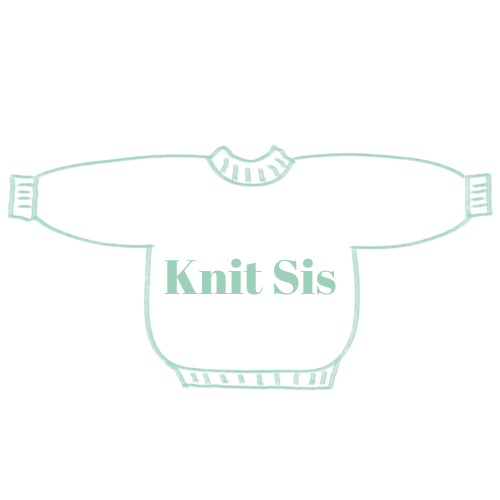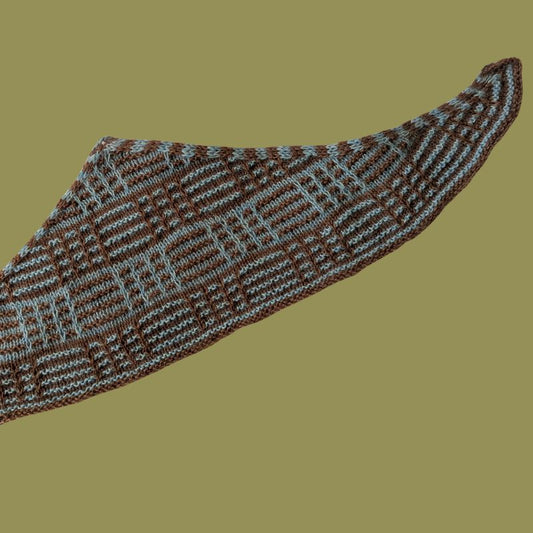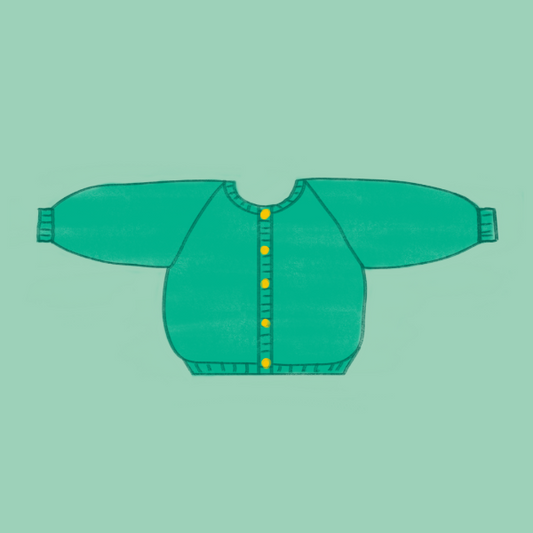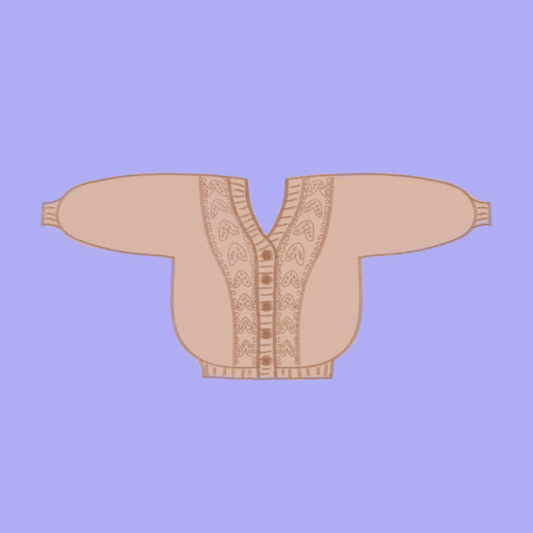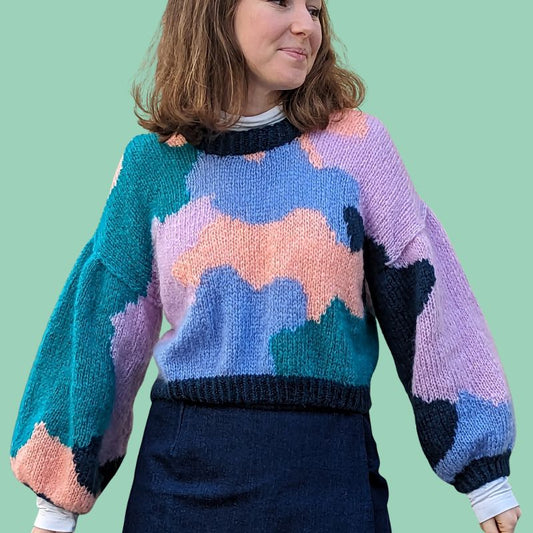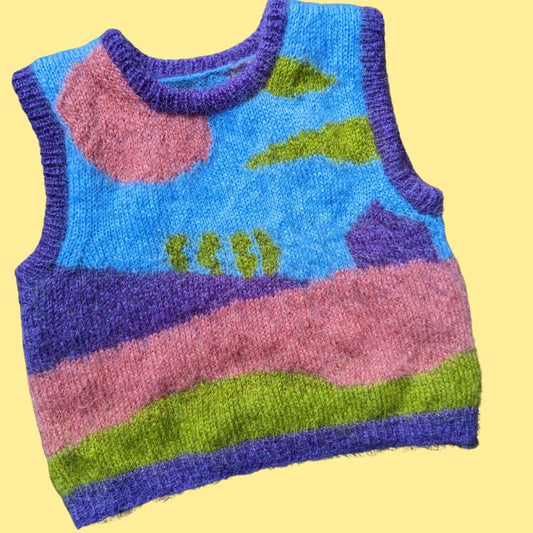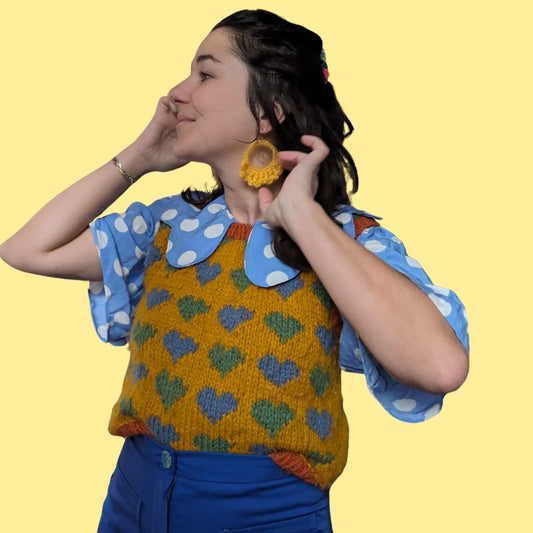How to adapt a knitting pattern for an older child? 🧶👶➡️👧
Knit SisShare
You've found THE perfect pattern for your child... but here's the thing: it's written for 2 years old and your little one is already 4 years old (and growing like a flower 🌱). Should you give up? Not at all! Adapting a knitting pattern for an older child is not only possible, but also rewarding.
We, Lenny & Louise, have often done this for our nieces (and sometimes at the last minute before Christmas 😅). In this article, we show you step by step how to adjust a child's model so that it follows their growth without distorting the style.
👉 You will discover:
▪️ The basics to check before any adaptation
▪️ Techniques for widening and lengthening a pattern
▪️ Our “Knit-sis family” tips for keeping your style intact
▪️ And of course, perfect models to put into practice
Check before adapting: the basic checklist 📝
Before you take out your needles, ask yourself these 3 questions:
-
What yarn does the pattern use?
Changing the thickness can already change the dimensions. -
What is the expected comfort?
An oversized cardigan won't need as much adjustment as a fitted sweater. -
Do you have the sample?
Without it, it is impossible to properly recalculate the measurements.
✨ Remember: the sample is your compass.
How to enlarge a children's knitting pattern?
1. Add width
👉 Simple tip : increase the number of stitches proportionally to your gauge.
Example: if your pattern is 30 cm wide and you want 35 cm, add the number of stitches corresponding to these 5 cm.
2. Gain length
▪️ Add rows to the body and sleeves.
▪️ Check the armhole height: children move around a lot, so it's better to have a little more comfort.
3. Adapt necklines and raglans
▪️ For a top-down raglan (like our Cardichou ), just add rounds of increases before separating the sleeves.
▪️ For a flat knitted pattern, add a few rows before the decreases.
Our Knit-sis tips for easy adaptation 🎨
▪️ Knitting in the round : easier to lengthen without sewing (try with Festi ).
▪️ Play with the borders : a wider border = a few centimeters gained without complicated recalculation.
▪️ Choose versatile models : striped sweaters like Strippie are easily adaptable because you can add or remove stripe sequences.
💡 Louise's anecdote: “Once, I simply added two more stripes to the body and my sweater went from 2 to 4 years old without anyone noticing!”
Common mistakes to avoid 🚫
❌ Adapt to the eye without measuring the child (we all know the joy of “it doesn’t fit the head” 😅).
❌ Forgetting to check the sleeve/body proportion: an elongated body with sleeves that are too short is not great.
❌ Neglecting comfort: children grow quickly, always leave a margin of comfort.
Bonus to keep on hand 📌
📋 Mini-memo to enlarge a child's pattern :
▪️ Measure the child before starting
▪️ Recalculate from sample
▪️ Add stitches for width
▪️ Add rows for length
▪️ Check neckline and sleeves
▪️ Always keep a little ease
Conclusion: it’s your turn ✨
Adapting a pattern for an older child isn't rocket science: with a few simple calculations and a little common sense, your knits will last much longer.
And if you want styles that are already designed to be versatile and accessible, discover our collection of modern sweaters and cardigans. Start with the Cardichou : a soft top-down raglan, perfect for testing your new adaptation skills! (while waiting for the children's version to officially come out)
👉 See the complete Knit-sis collection
Because after all, the best gift is a piece of clothing that grows with the child... and with the love we put into it. 💕
